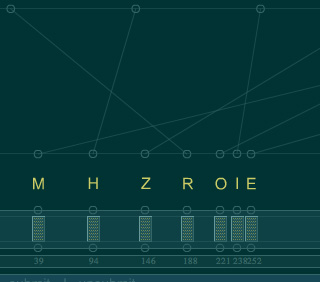Splash art originated in the 1940s in comics, where the term referred to a full page of visuals at the front of a book. Pages were designed to engage the reader's imagination along the lines of the comic's broader concept, while standing independent from the narrative. In the late 1990s, when the widespread use of the application Flash opened up new possibilities for animation and interactive media, the idea of the splash page migrated to web design. Online splash art brought visual excitement to a webpage when low modem speeds made it impractical to post large or moving images amid a site's textual content.
Rhizome introduced splash pages to its web site in 1998 in order to display artwork with greater immediacy....
Rhizome introduced splash pages to its web site in 1998 in order to display artwork with greater immediacy....
Launch Project 
 Rhizome.org--splash art by |P|R|A|Y|S|T|A|T|I|O|N|, 2001
Rhizome.org--splash art by |P|R|A|Y|S|T|A|T|I|O|N|, 2001
About
Joshua Davis' splash art, credited to his defunct design bureau Praystation, offers the user a game of clicking and dragging in which Rhizome's name can be rearranged in anagrams with varying lengths of empty space between the letters. Clicking on the "submit" button snaps the letters into order, while a click on "unsubmit" throws them back into disarray. Davis' splash page shows off his facility in interactive design, which he now uses at an eponymous design company.
http://www.joshuadavis.com
http://www.joshuadavis.com